How to Transition Your Business to Earth Friendly Packaging Practices
As consumer awareness of environmental issues continues to rise, businesses are increasingly seeking to adopt Earth Friendly Packaging practices to meet both regulatory requirements and customer expectations. According to a 2022 report by Grand View Research, the global sustainable packaging market is projected to reach $1 trillion by 2027, with a compound annual growth rate (CAGR) of 5.7%. This shift reflects a growing demand for eco-friendly solutions that minimize waste and reduce carbon footprints. Furthermore, a study by the Paper and Packaging Board found that 72% of consumers are willing to pay more for packaging that is environmentally friendly. Transitioning to Earth Friendly Packaging not only enhances brand reputation but also demonstrates a commitment to sustainability, aligning businesses with the values of their environmentally conscious customers. By embracing these practices, companies can remain competitive while contributing to a greener planet.
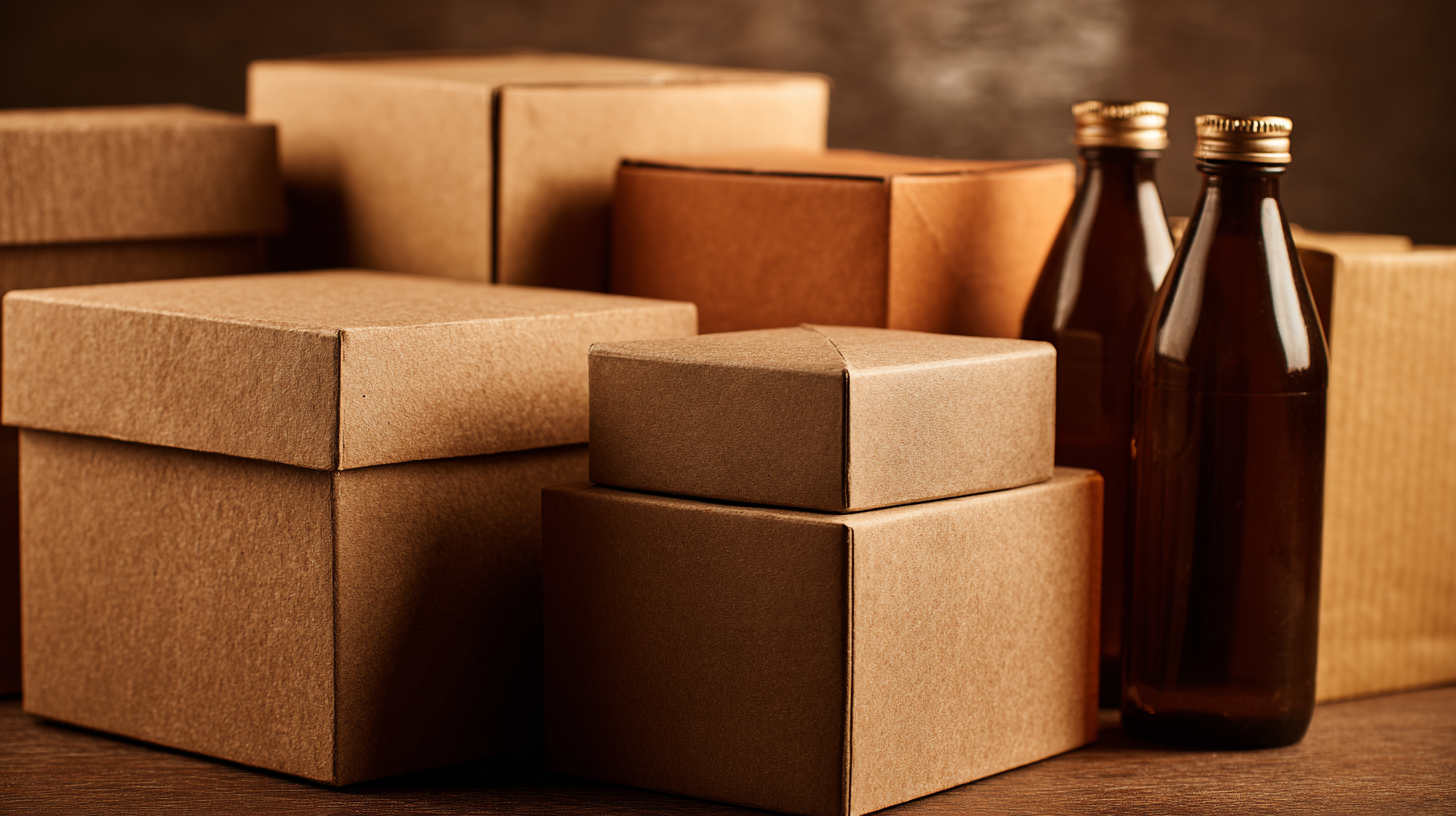
Assessing Your Current Packaging Practices and Environmental Impact
Assessing your current packaging practices is a critical step toward implementing earth-friendly alternatives. According to a report by Smithers Pira, the global market for sustainable packaging is projected to reach $500 billion by 2028, demonstrating a clear shift in consumer demand towards eco-conscious products. Begin by evaluating the materials you currently utilize—are they recyclable, biodegradable, or sourced from renewable resources? This assessment will help you identify areas for improvement.
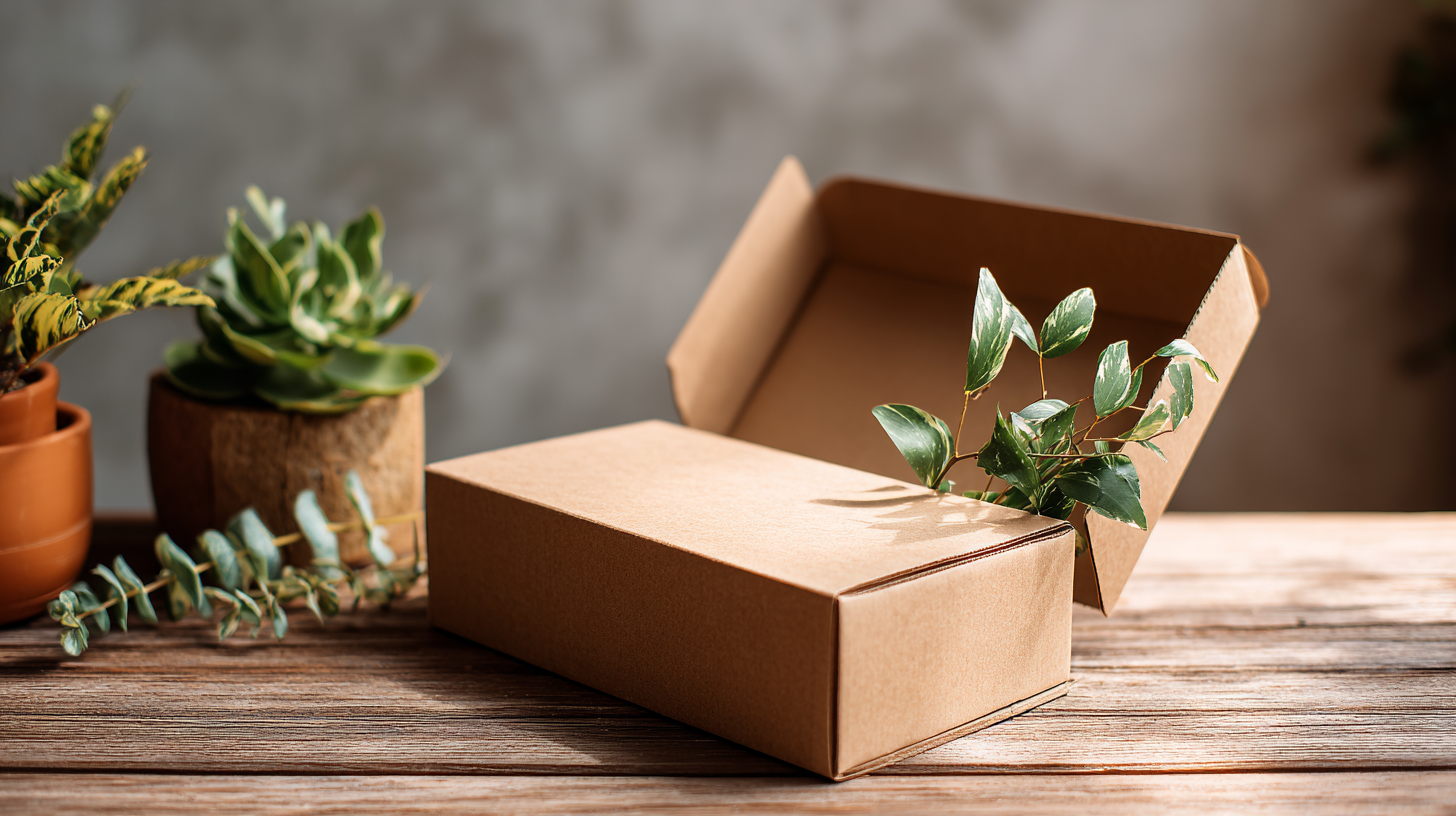 Tip: Conduct a packaging audit by compiling data on the types and quantities of materials used. This will highlight the most impactful changes you can make.
Tip: Conduct a packaging audit by compiling data on the types and quantities of materials used. This will highlight the most impactful changes you can make.
It’s also essential to consider the lifecycle of your packaging. Research from the Environmental Protection Agency (EPA) indicates that packaging waste accounts for approximately 30% of total municipal solid waste. By focusing on reducing excess packaging and opting for materials that have minimal environmental impact, businesses can significantly lower their carbon footprint. Utilizing materials like post-consumer recycled content can reinforce your commitment to sustainability while appealing to eco-conscious consumers.
Tip: Collaborate with suppliers to find sustainable options that align with your brand values and consumer preferences. Solid partnerships can lead to innovative solutions that benefit both your business and the environment.
Identifying Sustainable Packaging Materials and Suppliers
When transitioning to earth-friendly packaging practices, the first step is identifying sustainable packaging materials that align with your business goals. Look for materials that are biodegradable, compostable, or recyclable. Options such as plant-based plastics, recycled paper, and glass can significantly reduce your carbon footprint. It's important to assess the lifecycle of these materials, ensuring they are not only sustainable but also cost-effective and practical for your specific needs.
Finding reliable suppliers of sustainable packaging is equally crucial. Research companies that prioritize eco-friendly practices and maintain transparency about their sourcing and production methods. Collaborating with suppliers who share your commitment to sustainability can enhance your brand’s reputation and create a positive impact on the environment. Establishing strong partnerships also allows for innovation in packaging design, helping you stay competitive while reducing waste. Explore local suppliers to minimize transportation emissions and consider engaging with suppliers who offer customizable options to better suit your products.
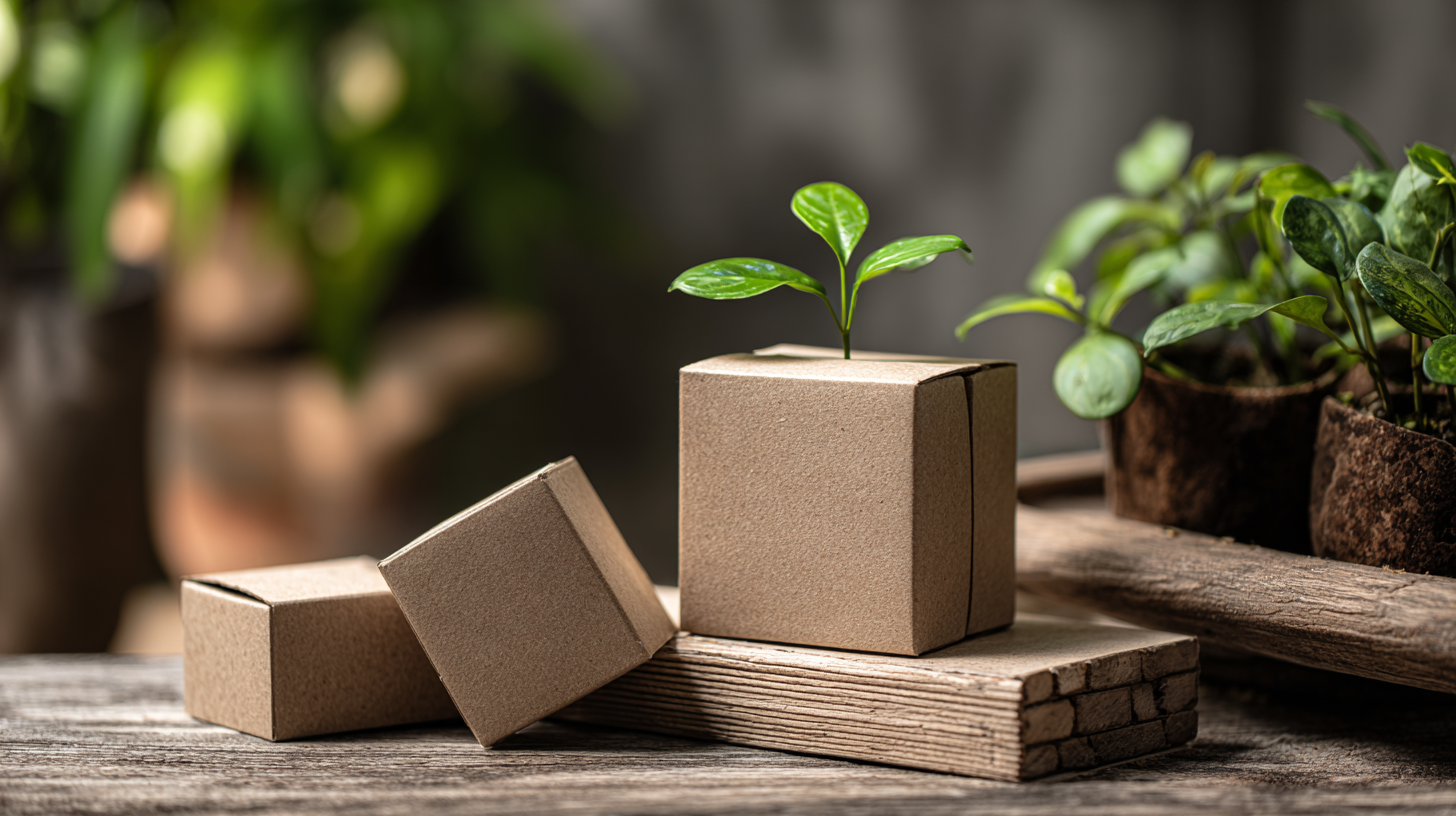
Implementing Eco-Friendly Packaging Solutions in Production
As businesses increasingly prioritize environmental responsibility, transitioning to eco-friendly packaging solutions becomes vital. Implementing these practices in production not only reduces waste but can also enhance your brand image. Start by evaluating your current packaging materials; consider alternatives such as biodegradable, compostable, or recyclable options that align with your business goals.
**Tips:** Begin with small changes, such as switching to recycled cardboard for shipping boxes. Collaborate with suppliers who prioritize sustainability and can provide eco-friendly materials at a reasonable cost. Additionally, engage your team in the transition process, as their insights and creativity can lead to innovative packaging designs that minimize environmental impact.
Another essential aspect is consumer education. Ensure your customers are aware of your sustainable efforts through labeling and marketing. Clear communication about the benefits of your eco-friendly packaging can improve customer loyalty and attract environmentally conscious consumers. Explore creative packaging designs that not only meet functional requirements but also contribute to a greener planet.
How to Transition Your Business to Earth Friendly Packaging Practices
| Packaging Material | Environmental Impact | Benefits | Challenges |
|---|---|---|---|
| Recycled Paper | Reduces landfill waste | Biodegradable and easily recyclable | Higher cost compared to virgin paper |
| Biodegradable Plastics | Composts in the right conditions | Reduced plastic pollution | Limited availability and higher expenses |
| Glass Containers | Non-toxic and recyclable | Reusable and recyclable | Heavy and breakable |
| Plant-based Polymers | Lower carbon footprint | Renewable resources | Requires specific disposal facilities |
| Mushroom Packaging | Completely biodegradable | Natural and sustainable | Limited scalability for mass production |
Educating Your Team and Customers on New Packaging Practices
Transitioning to earth-friendly packaging practices requires not only a strategic approach but also effective education of your team and customers. Start by organizing training sessions for your employees, where you can introduce the benefits of sustainable packaging and the specific changes that will be implemented. Use engaging presentations and hands-on workshops to illustrate how these changes will impact the environment positively.
Tips: Encourage team members to share their thoughts and ideas during these sessions. This will foster a culture of sustainability and innovation within your business. Consider creating a sustainability ambassador program, where passionate employees can lead initiatives and inspire others.
In addition to educating your team, it's crucial to communicate transparently with your customers. Use your marketing channels—like social media, newsletters, and your website—to inform them about the transition. Highlight the reasons behind the switch, and how it aligns with broader environmental goals.
Tips: Create visually appealing graphics to showcase the new packaging and its benefits. Offering a small incentive, like discounts on future purchases for customers who engage with your sustainability content, can also encourage participation and enthusiasm in your new eco-friendly journey.
Evaluating and Adjusting Your Transition Strategy for Continuous Improvement
Transitioning to earth-friendly packaging is not merely a one-time initiative but an ongoing process that demands continuous evaluation and adjustment. The first step in developing an effective transition strategy is to set clear, measurable goals that align with sustainability objectives. Regularly assessing packaging materials, supply chain processes, and consumer feedback can provide valuable insights into the efficacy of your practices. Designating a team to monitor these factors ensures that your business can remain agile in adapting to new technologies and market trends, allowing for immediate corrective measures when needed.
Moreover, fostering a culture of sustainability within your organization is crucial for continuous improvement. This can be achieved by encouraging employee involvement through training programs and workshops focused on sustainable practices. Engaging staff in brainstorming sessions can yield innovative ideas for reducing waste and enhancing packaging efficiency. Furthermore, extending customer involvement, such as soliciting their feedback on packaging choices, can help guide future adjustments. By maintaining open lines of communication and consistently reviewing performance metrics, businesses can make informed decisions that support their commitment to environmental stewardship while meeting consumer expectations.
Transitioning to Earth Friendly Packaging Practices
Related Posts
-
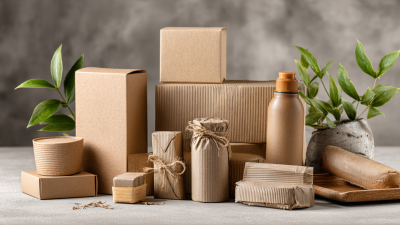
7 Amazing Benefits of Choosing Best Eco Friendly Product Packaging
-
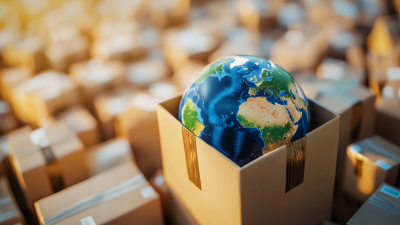
Comprehensive Insights on Choosing Planet Friendly Packaging for Global Sourcing
-
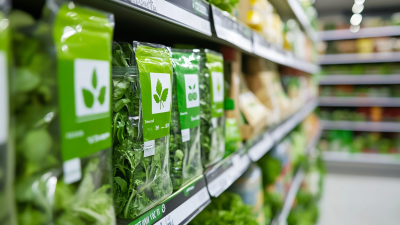
Ultimate Checklist for Choosing the Best Eco Friendly Product Labels for Global Buyers
-
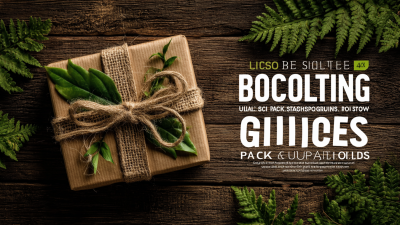
Ultimate Guide to Best Eco Packaging Solutions for Sustainable Business Growth
-
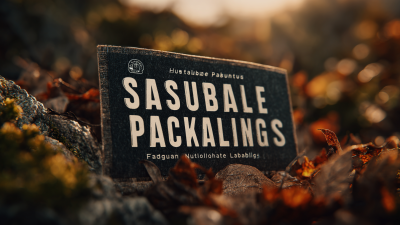
The Future of Eco-Friendly Packaging Labels Revolutionizing Sustainability in the Industry
-
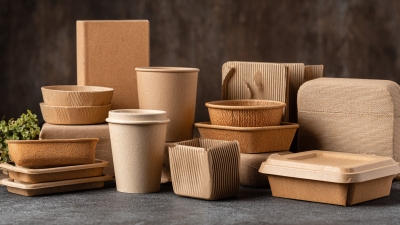
How to Choose the Best Eco Friendly Food Packaging for Your Business
